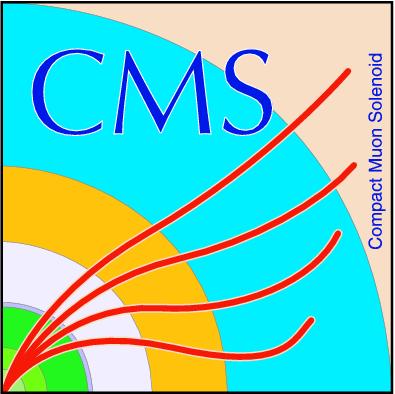

Compact Muon Solenoid
LHC, CERN
| CMS-PAS-EXO-24-008 | ||
| Search for low-mass hidden valley dark showers with displaced dimuons in proton-proton collisions at $ \sqrt{s}= $ 13 TeV | ||
| CMS Collaboration | ||
| 15 April 2025 | ||
| Abstract: A search for signatures of a dark analog to quantum chromodynamics is performed. The analysis targets long-lived dark mesons that decay into standard model particles with a high branching fraction to muons. A unique dataset with $ 10^{10} $ B meson events is used. It was collected by the CMS experiment at the CERN LHC in 2018 using displaced muon triggers, which have a high trigger efficiency for the signal models. Resonant dimuon signatures are searched for, with both pointing and non-pointing topologies. No significant excess is observed beyond the standard model expectation. Upper limits on the branching ratio of Higgs boson decays to dark partons are determined to be less than $ 10^{-3} $, at 95% confidence level, surpassing and extending existing limits for the mean proper lifetime of less than approximately 0.1 $ \mathrm{m} $ for a mass as low as 2 GeV. First limits are set for extended dark shower models, probing the low-mass region down to 0.33 $ \textrm{GeV} $. | ||
|
Links:
CDS record (PDF) ;
CADI line (restricted) ;
These preliminary results are superseded in this paper, Submitted to JHEP. The superseded preliminary plots can be found here. |
||

|
Compact Muon Solenoid LHC, CERN |

|
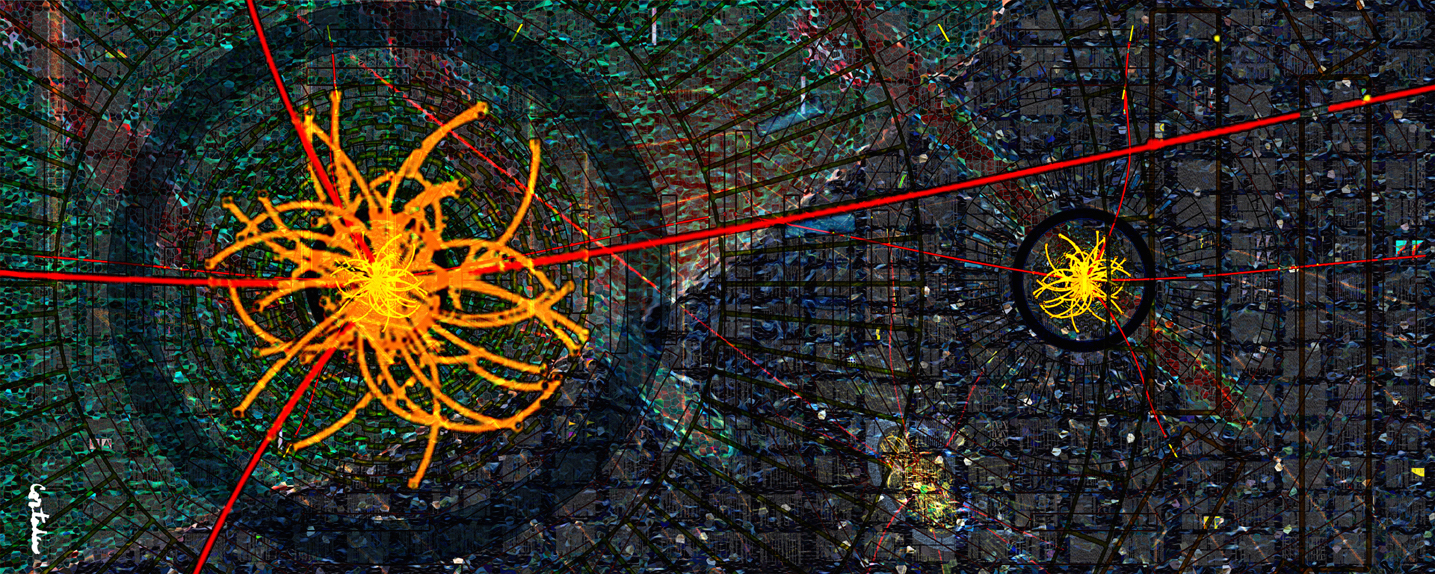
|
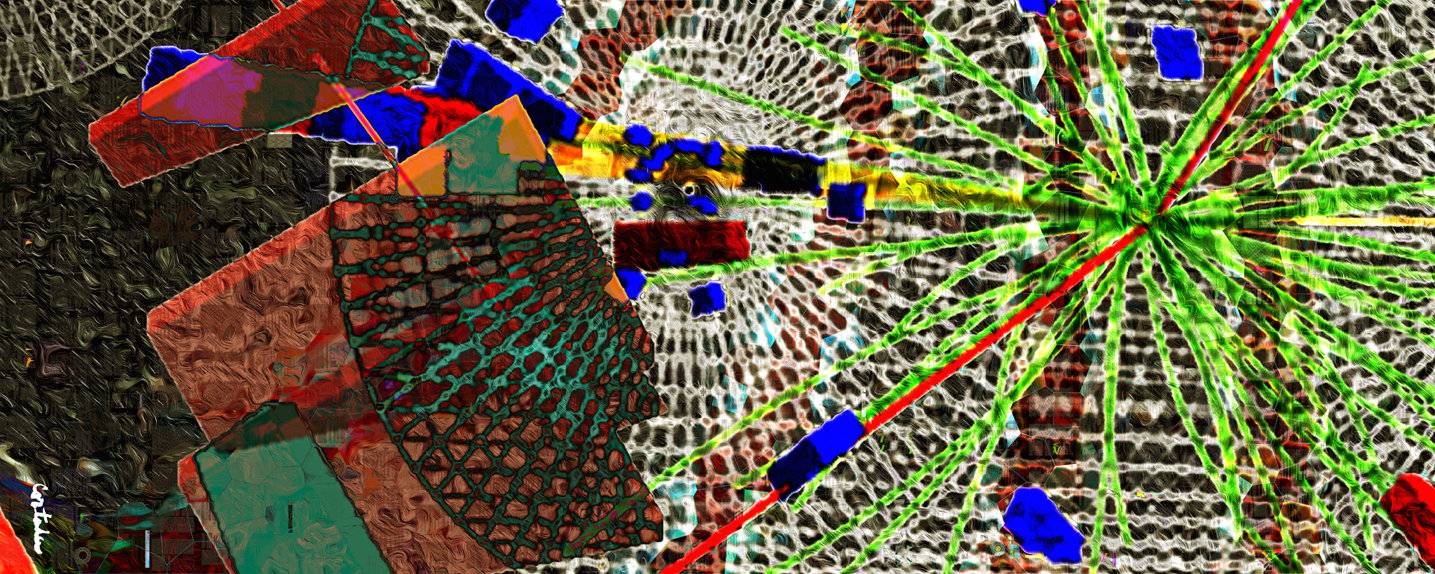
|
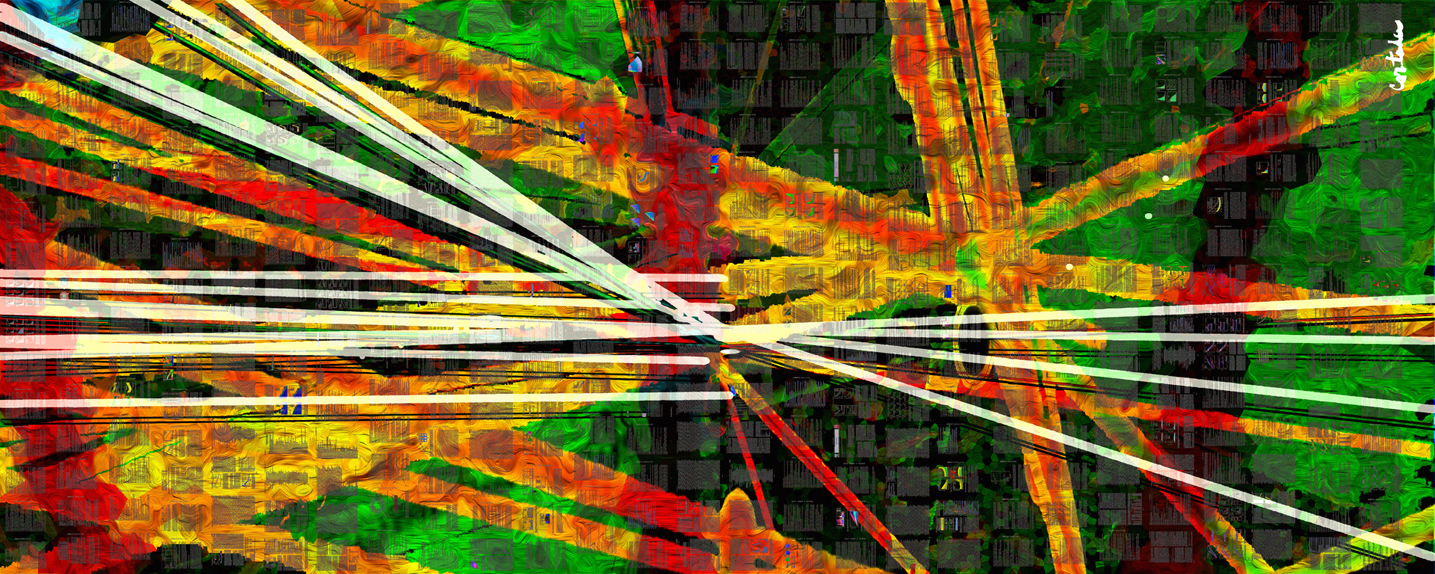
|
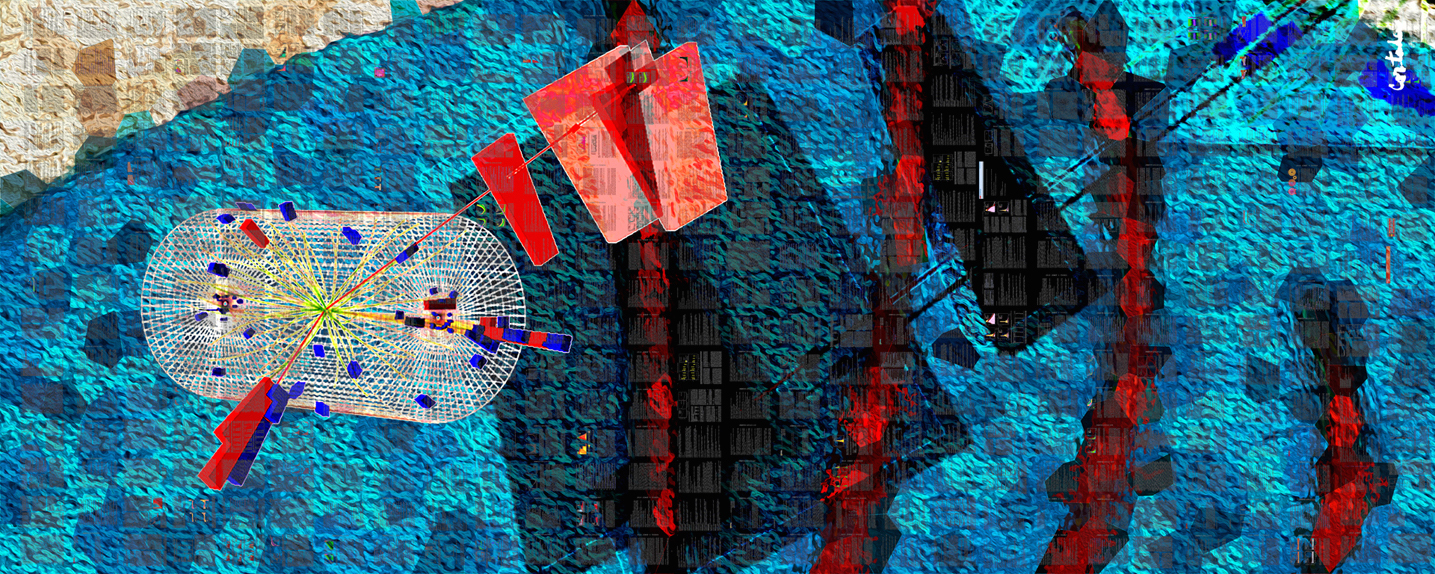
|
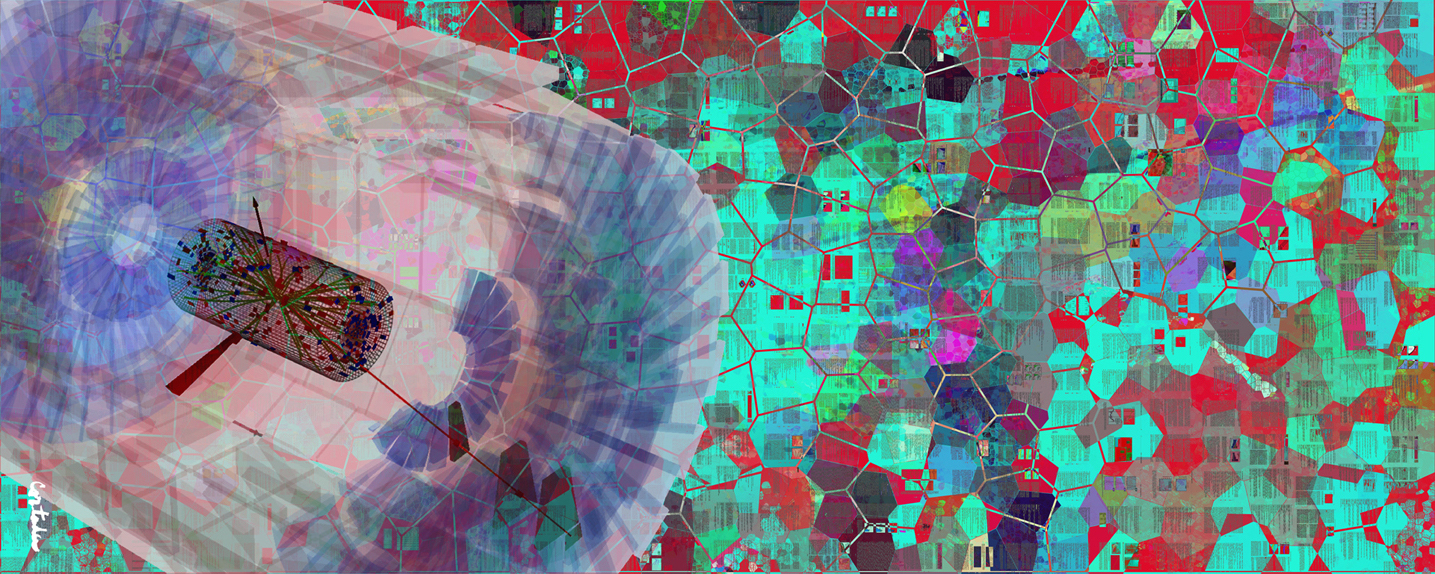
|